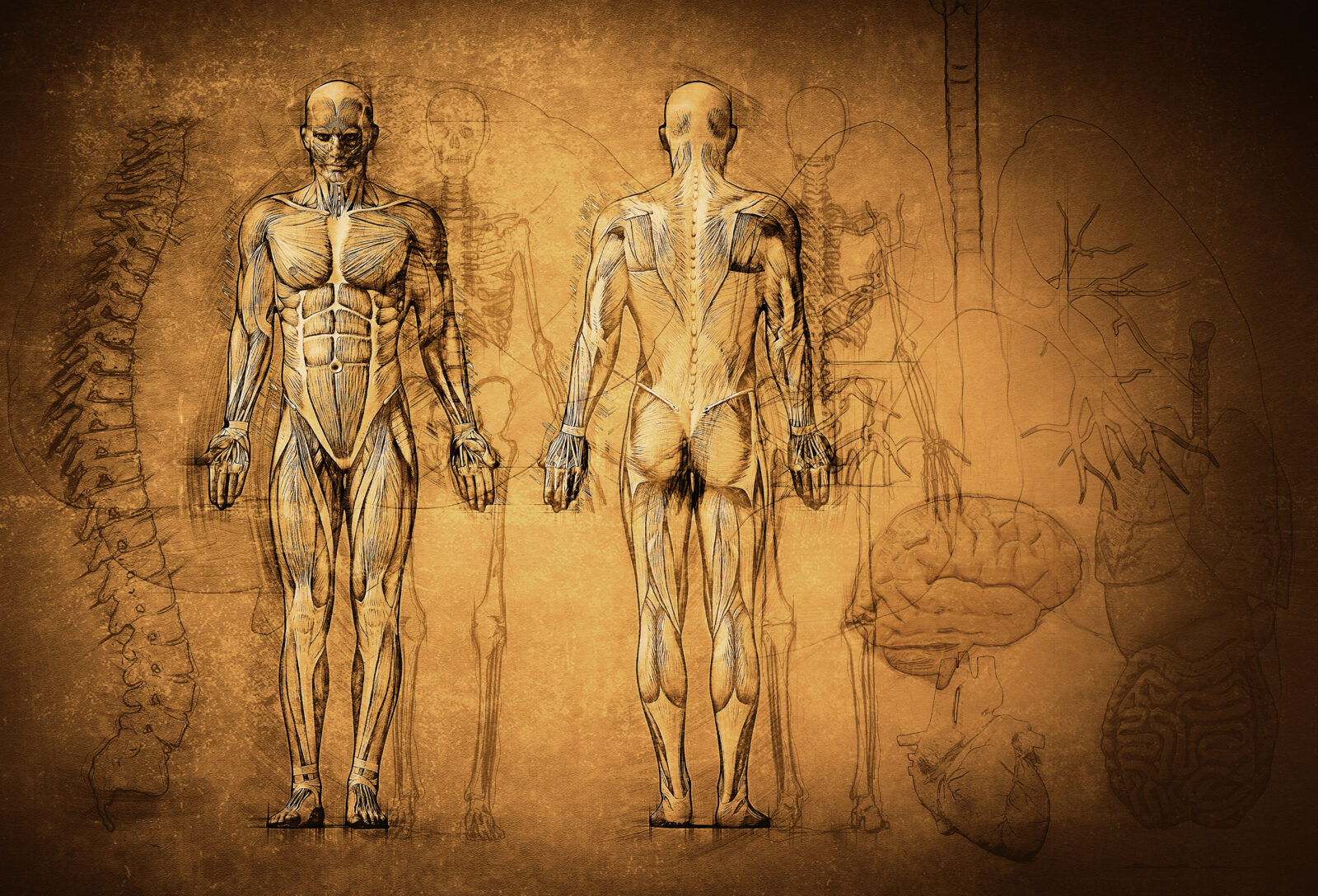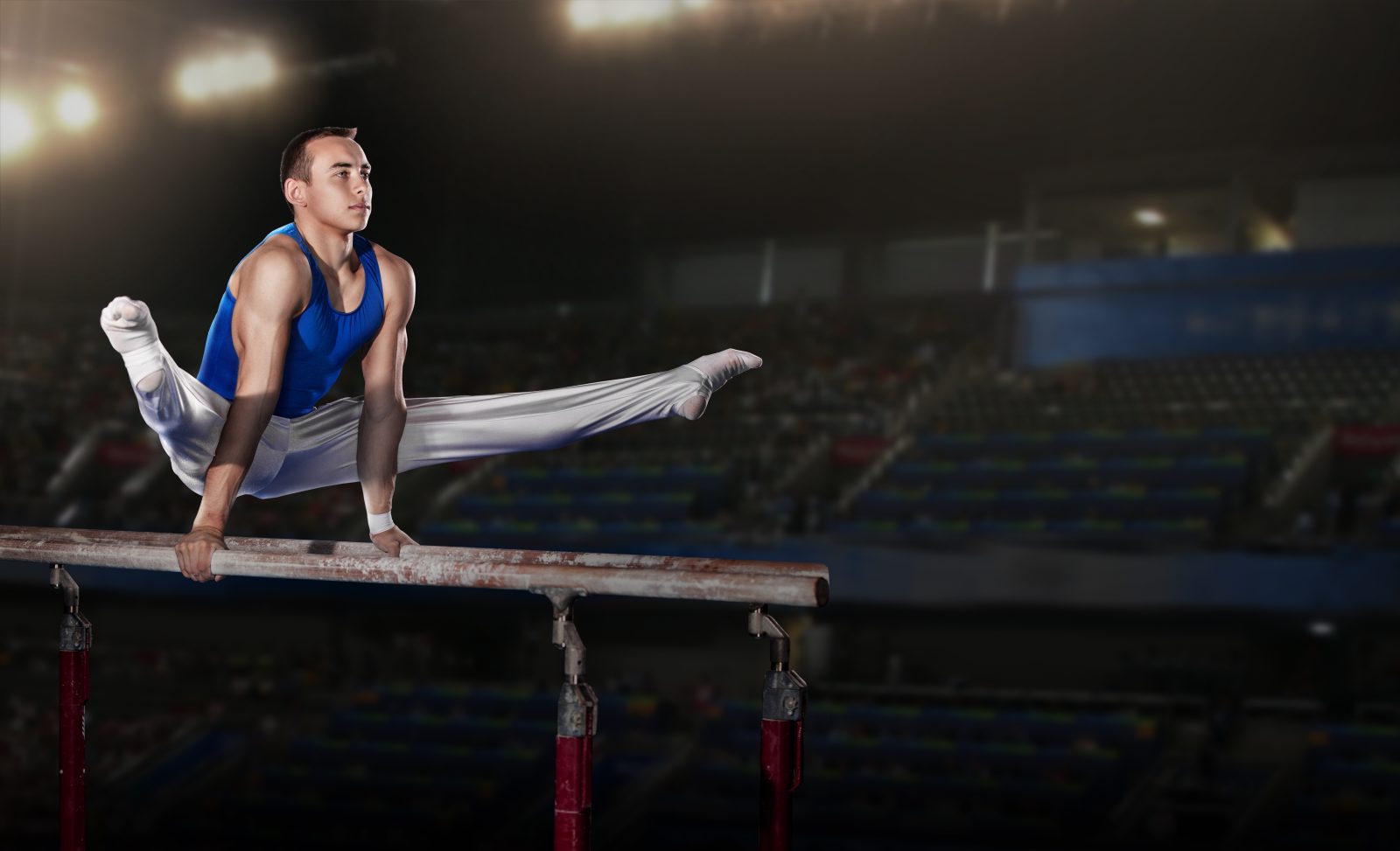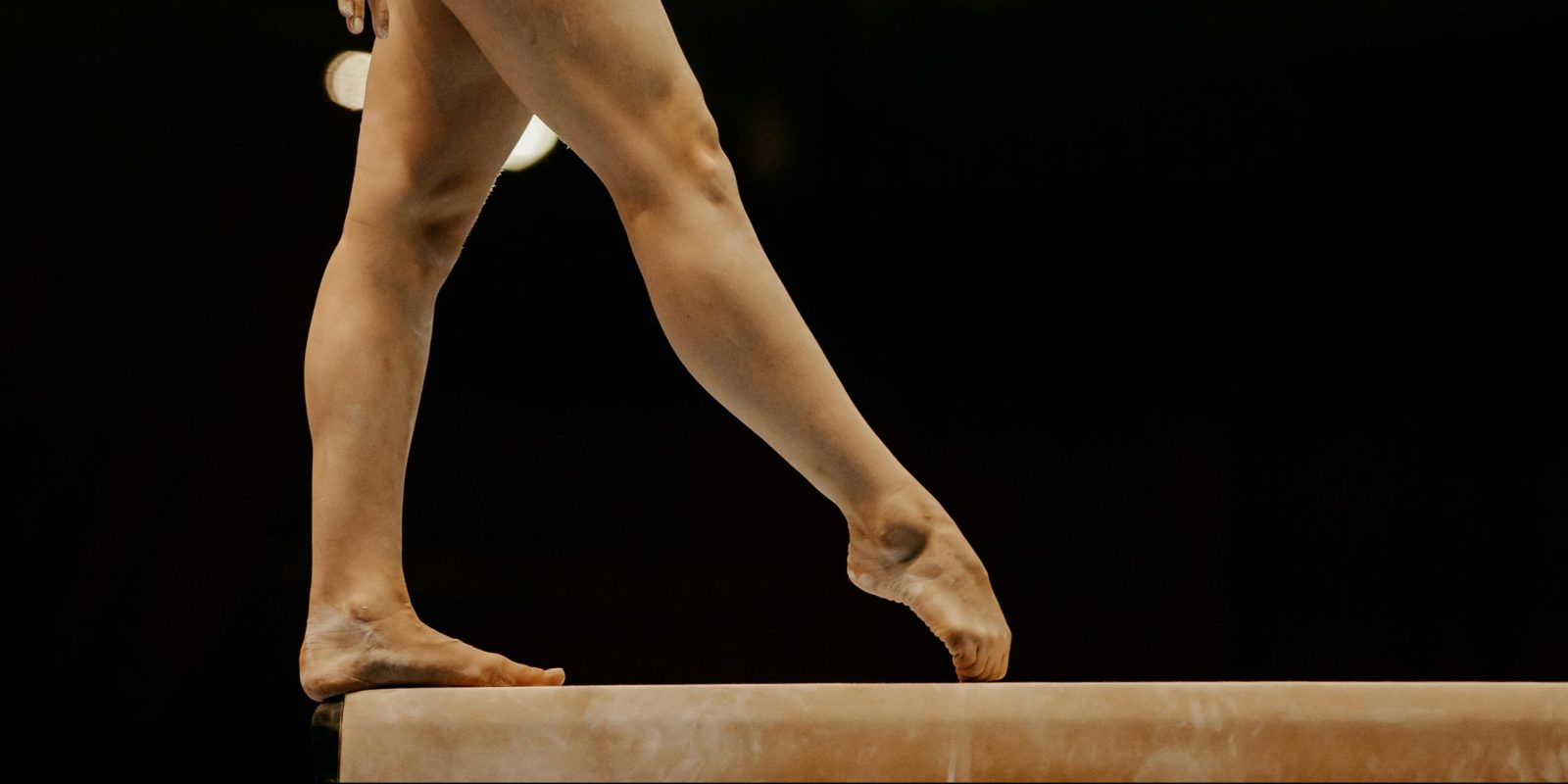


Human Skeletal Joints—Engineering Masterpieces, Pt. 2
Today’s ID the Future completes a talk by award-winning British engineer Stuart Burgess, who explains how the human ankle and wrist joints offer powerful evidence of engineering genius. Burgess is answering evolutionist Nathan Lents, who has argued that human joints are badly designed and, therefore, evidence against intelligent design and for Darwinian evolution’s blind trial-and-error process. According to Burgess, Lents ignores—and seems to be ignorant of—the many ingeniously engineered features of our joints, leading Lents to make easily refuted claims. For example, Lents says an ankle with fused bones would be a superior design to a healthy human ankle. Not if the person hopes to play squash or tackle any number of other activities that require the suppleness and responsiveness of the human ankle, Burgess notes. Burgess’s lecture was taped at the 2022 Westminster Conference on Science and Faith in the greater Philadelphia area. The conference was jointly sponsored by Westminster Theological Seminary and Discovery Institute’s Center for Science and Culture.

Why Human Skeletal Joints Are Engineering Masterpieces, Pt. 1
On this ID the Future, Stuart Burgess, one of Britain’s top engineers, explains how the skeletal joints in the human body are masterpieces of intelligent design. He also responds to claims by some evolutionists that human joints are badly designed and supposedly evidence of Darwinian evolution’s blind trial-and-error process. This presentation was taped at the 2022 Westminster Conference on Science and Faith in the greater Philadelphia area, which was jointly sponsored by Discovery Institute’s Center for Science and Culture, and Westminster Theological Seminary. Here in Part 1, Burgess focuses on the ankle joint, showing that it packs an extraordinary amount of functionality into a small space, beyond anything human engineers have managed to achieve either in prosthetics or robotics.

Jaw Dropping: Nature’s Irreducibly Complex Linkage Mechanisms
On today’s ID the Future, Bristol University engineer Stuart Burgess dives deeper into the engineering marvels of such sea creatures as the parrotfish, sling-jaw wrasse, mantis shrimp, and the deep sea dragonfish, with a particular focus on the amazing linkage mechanisms found in these creatures. Burgess says these mechanisms are extraordinary examples of engineering prowess, and they are irreducibly complex, thereby posing a challenge to modern evolutionary theory. He and host Eric Anderson also discuss the engineering sophistication of muscles, with a specific look at the human bicep and how the muscle and the brain work together. Burgess is an expert on linkage mechanisms. His design work in this area helped Great Britain’s cycling team win gold in the two most recent Summer Olympics, and his gearboxes can be found on the European Space Agency’s large Earth-observation satellites. The occasion for today’s discussion is Burgess’s recent scholarly paper in the journal Bioinspiration & Biomimetics.

Stuart Burgess: Biology’s Designs Tutor Our Top Engineers
Today’s ID the Future spotlights a Bristol University engineer whose design work helped Great Britain’s cycling team win gold in the most recent Summer Olympics. Stuart Burgess, currently on a visiting fellowship at the University of Cambridge and an expert on linkage mechanisms, discusses with host Eric Anderson how top engineering firms are paying big money to learn from the extraordinary designs found in biology so as to improve their own designs. Burgess has designed groundbreaking linkage mechanisms, but he says the human knee is still well ahead of what even the most advanced human engineers have managed in this area, even accounting for the fact that wear and tear and misuse can lead to knee problems. He walks listeners through some things that make the knee an engineering marvel, and takes a look at some other masterfully designed linkage mechanisms in nature, including those found in the jaws of fish. The occasion for the discussion is Burgess’s recent scholarly paper in the journal Bioinspiration & Biomimetics.